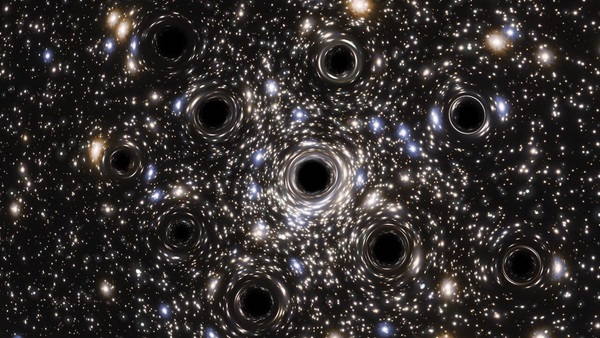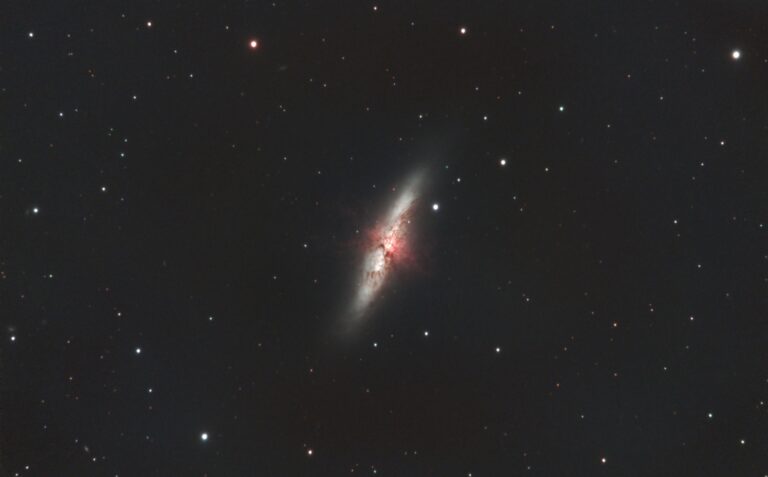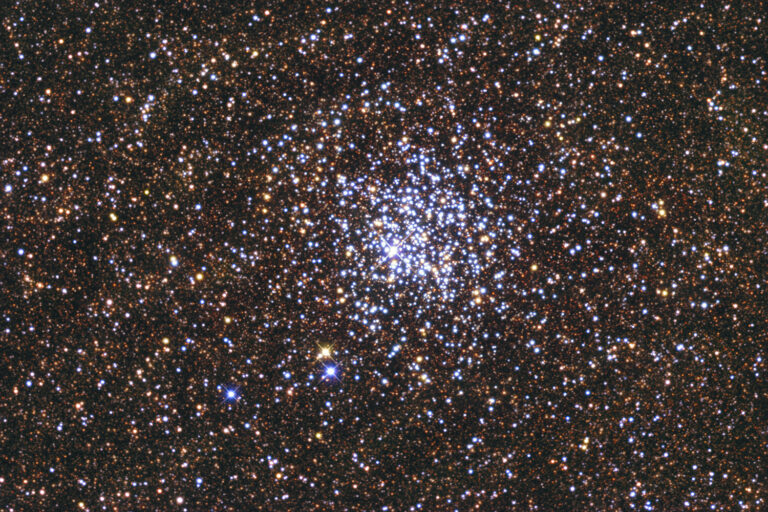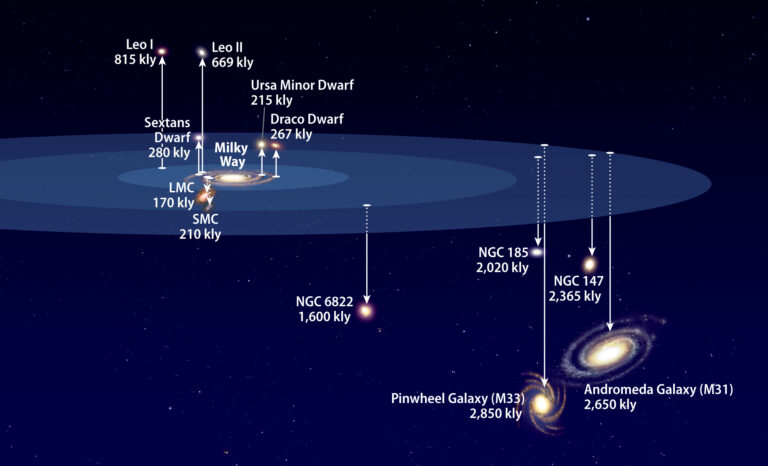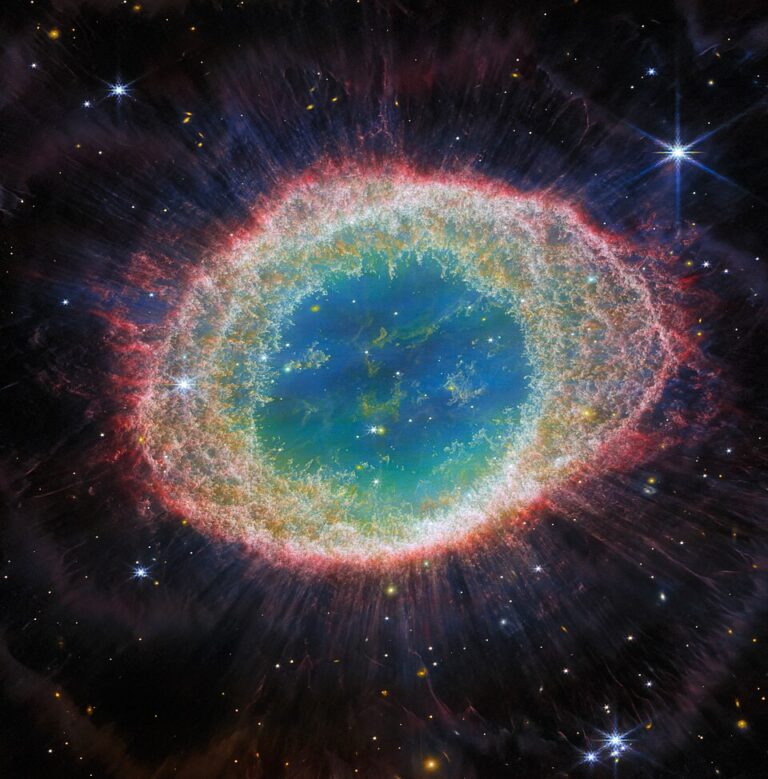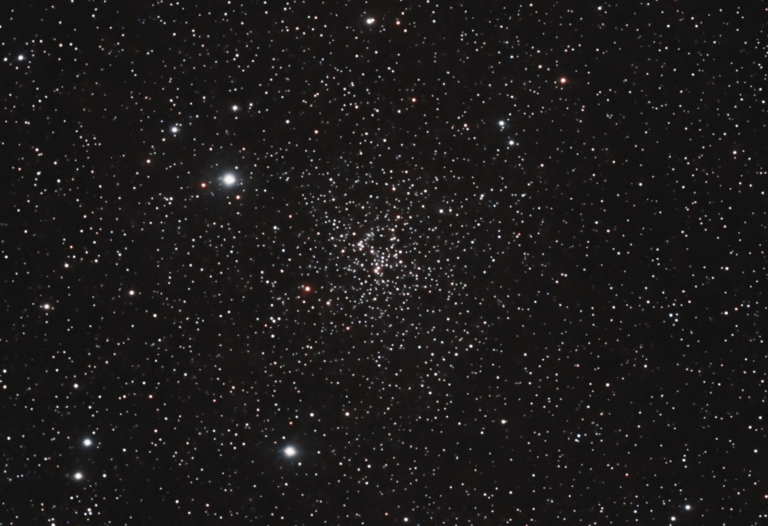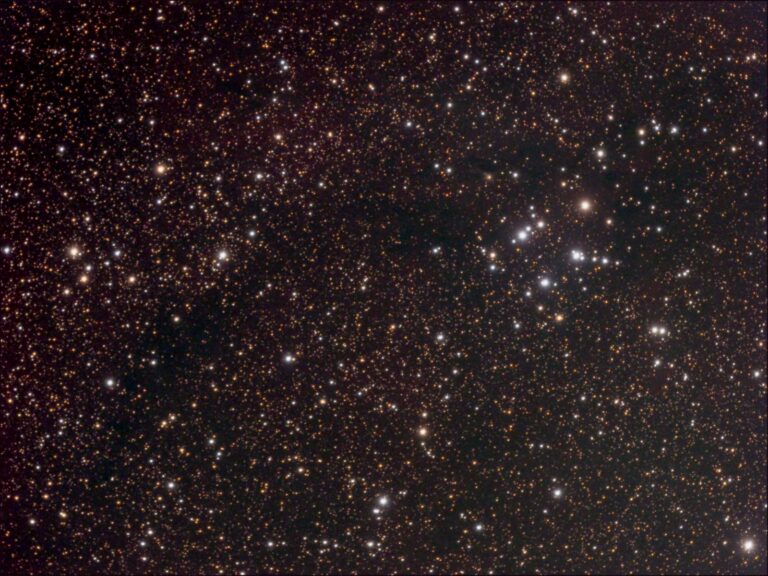Key Takeaways:
How petite stellar mass black holes evolve into gargantuan supermassive black holes, which lurk in the heart of nearly every known large galaxy, has flummoxed researchers for decades. One of leading theories is that an in-between, intermediate-mass black hole (IMBH) stage must exist; however, IMBHs have remained elusive for years. Recently, though, astronomers have found a few strong candidates, including 3XMM J215022.4-055108 and a gravitational wave signal from September 2020, even if they’ve failed to turn up definitive proof.
Rather than an IMBH, they now think that a collection of smaller, yet still extremely dense, stellar corpses “sunk” to the center of the cluster over time. While these remnants are likely to include a number of white dwarfs and neutron stars, the researchers attribute the bulk of the mass to stellar-mass black holes.
And as an added bonus, the new research also suggests that the mass range of these star-sized black holes make them prime targets for the LIGO/Virgo collaboration to pick up should they collide sometime in the near future.

